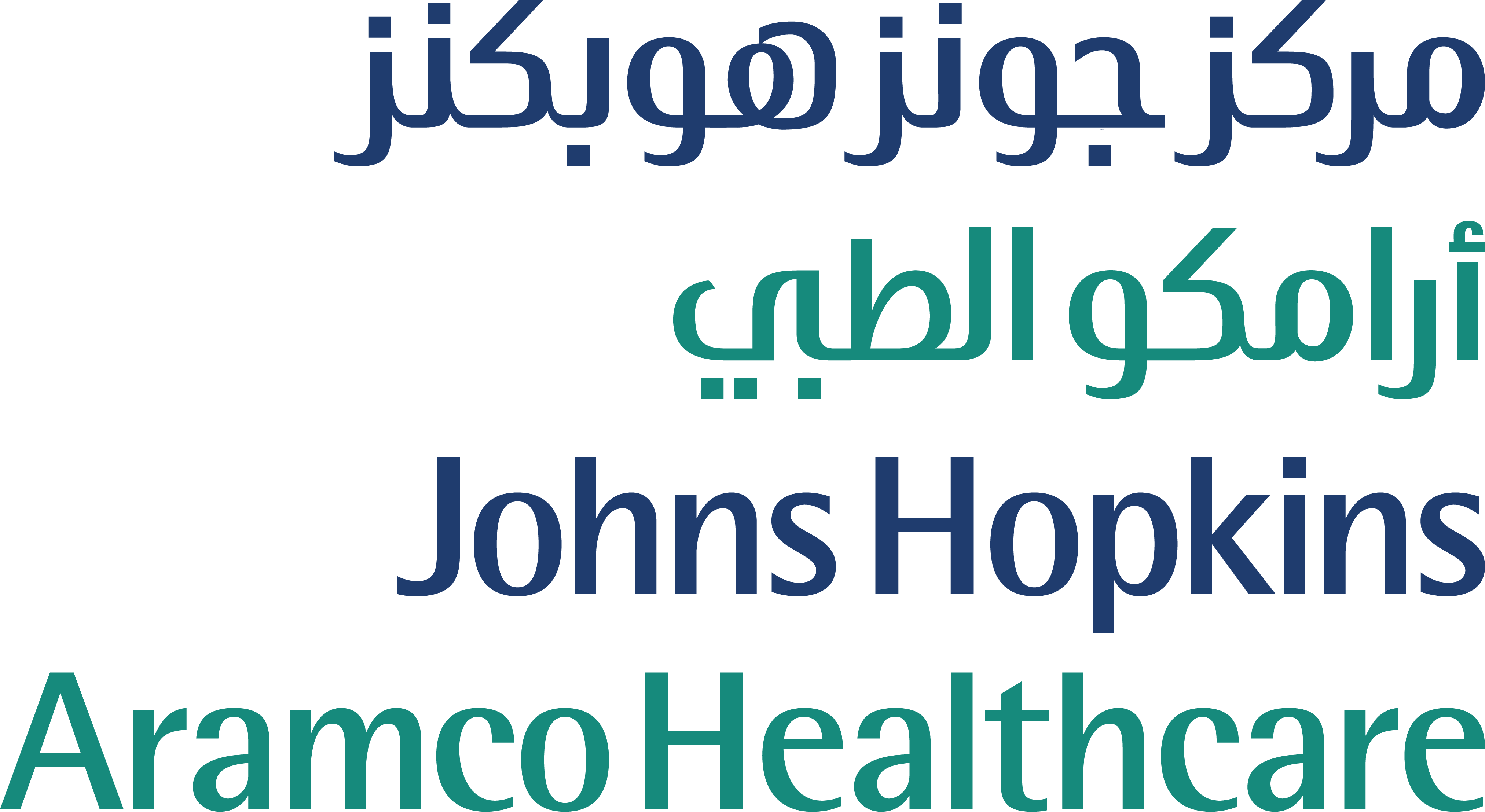Heritage to Horizon: The Continuing Journey of Maternity Care at Johns Hopkins Aramco Healthcare
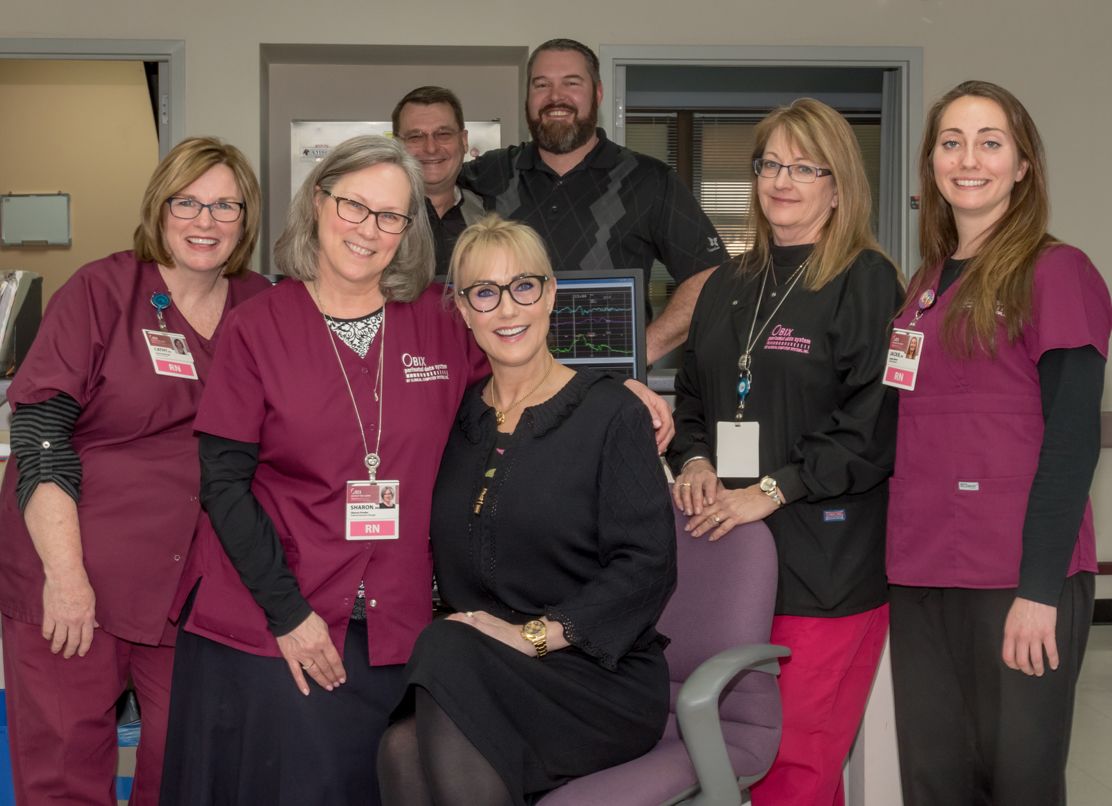

We explore the integration and deployment of the OBIX Perinatal Data System at Johns Hopkins Aramco Healthcare (JHAH), located in the Kingdom of Saudi Arabia. Here we highlight the enhancements to perinatal care processes with the improvement in resultant patient outcomes, fusing highly focused technology with clinical care.
White Paper Background
Perinatal care is a critical aspect of healthcare where advances in medical technology and data management significantly enhance the ability to monitor, assess, and intervene during the perinatal period.
OBIX Perinatal Data System stands out as a comprehensive solution for managing perinatal data, offering a new paradigm for healthcare providers and patients.
JHAH faced operational limitations in the pre-OBIX era including analog data collection on paper-based systems, clinical variability, and workflow inefficiencies. Having implemented OBIX in 2017, JHAH and OBIX wish to present a white paper on the process and its successes.
JHAH and OBIX interviewed 15-people involved in the OBIX Perinatal Data System, including the following:
- Director, Nursing Informatics
- Chief Obstetrician
- Epic Architect/Technical Manager
- Unit Managers, Labor & Delivery
- Midwives
- Labor & Delivery Nursing Staff
- Mother and Baby Unit Nursing Staff
Interviews took place in 90-minute slots across five days in late 2023; participant tenure at JHAH varied from 30+ years to less than one year.
Pre-OBIX Perinatal Care at Johns Hopkins Aramco Healthcare
JHAH faced a range of complex challenges stemming from the use of a paper-based system with no technology aside from the CTG/EFM machines where notes were made manually on the trace paper and storage was via physical stores in the facility.
The CTG/EFM trace paper was kept with a patient's record in a hard file, which was required at each patient visit, often requiring a pre-planned collection via a porter from several differing locations across its multi-hospital system. This would often result in delays for records or not being able to locate the records at all.
Records used an ‘Addressograph’ system with a label inside the paper chart that had the patient demographics. Nurses notated on the CTG strip with pen, and the CTG paper was stored.
Data Fragmentation, Analog Data Collection and Dissemination
Patient data were scattered across various systems, including paper records, standalone fetal monitors, and disconnected electronic health record (EHR) systems. Traces were not scanned into the legacy EHR, they existed only in paper form. This fragmentation hindered timely access to comprehensive patient information. Data was legally required to be held for 21 years for potential litigation, education, and patient needs, so a fragmented system was a significant problem.
The harsh weather conditions in the Gulf region, high heat and humidity, are notoriously hard on paper storage. It was obvious that any requirement for retrospective investigation of fetal monitoring data could be hindered by fundamental challenges in data retention.
In addition, patient data were stored across multiple locations making it challenging to access a complete and real-time view of patient status. Moreover, electronic health records were not integrated with fetal monitoring systems, leading to delays in obtaining critical information during labor and delivery.
Clinical Variability and Patient Safety
Variability in clinical practices among healthcare providers led to inconsistent care outcomes and standardization of care protocols was challenging, further compounding differences in decision-making and care delivery. An absence of standardized protocols made it difficult to ensure consistent, evidence-based care.
Workflow Inefficiency
Administrative tasks, data entry, and documentation placed a burden on healthcare staff, affecting their ability to focus on direct patient care. Workflow inefficiencies were common, reducing time available for direct patient care, and hindering the work of Labor and Delivery units. Streamlining workflows and reducing the administrative burden was needed for both improved patient care and staff satisfaction.
Analytics
Leveraging data for predictive analytics, research, and quality improvement efforts was largely impossible as there were no real-time data access points, nor the analytic tools necessary to drive evidence-based care.
Clinics and Remote Locations
There are four clinics outside the main campus in Dhahran: The Al Hasa Hospital, and district clinics in Ras Tanura, Abqaiq, and ‘Udhailiyah. All have some capabilities for antenatal care, and all have emergency rooms. None, however, have L&D facilities or staff; therefore, prior to the introduction of OBIX, all patients were required to travel to the main JHAH hospital in Dhahran, which can take up to four hours by road, each way.
If the patient had an examination requiring no further medical need, the return journey was required by their own transportation. Inevitably this led to further stress for the patient.
Building OBIX Perinatal Care at Johns Hopkins Aramco Healthcare
Adoption Process and Go-Live
In 2013, the Saudi Aramco Medical Services Organisation (SAMSO), the Saudi Aramco healthcare system, reached a strategic decision to create a joint-venture with Johns Hopkins Medicine International, one of the world's pre-eminent healthcare providers.
It was apparent to healthcare system leadership that a fully integrated Hospital Information System (HIS) should replace the heavily customized SAP ERP system in use at SAMSO.
Further, as perinatal/maternity services would benefit from a specialty solution, a recommendation was made to implement the OBIX Perinatal Data System, first at the main hospital followed by all secondary locations, with the intention of fully integrating with Epic, the Electronic Health Record adopted by JHAH. The OBIX system was brought online in 2017 as a stand-alone eco-system but was fully integrated with the Epic EHR at its go-live in January 2018.
OBIX implementation to go-live took place over a period of six months in full conjunction with the planning teams in JHAH and in 2023, after a successful five year support period, a new five year support contract was signed between JHAH and OBIX.
JHAH took the decision to address the challenges faced in an analog era. The digital transformation involved the following key steps and outcomes:
Needs Assessment: A thorough assessment of the hospital’s perinatal care needs was conducted to identify operational pain points and opportunities for improvement.
Vendor Selection: A comprehensive evaluation of the perinatal data systems led to the selection of OBIX, known for its robust features and proven track record in healthcare settings.
System Customization: OBIX was customized to align with the hospital's unique workflows and clinical practices, ensuring seamless integration into existing processes.
System Integration: Planning for integrating OBIX with the Epic EHR was critical, and a two-stage implementation was adopted in which OBIX was first implemented as a stand-alone system requiring no integration with JHAH’s legacy SAP system. The second stage fully integrated the OBIX system into the Epic platform as an embedded system, with the ‘touchpoints’ to the system incorporating seamless Single-Sign-On (SSO), allowing for direct automatic transfer of patient data between the two systems, while requiring no additional logins from clinical users.
Training and Education: Comprehensive training programs were developed and conducted to ensure that healthcare providers and staff were proficient in using the OBIX Perinatal Data System.
Overcoming Challenges: Challenges were addressed through collaboration, customization, and ongoing support from experts from JHAH and OBIX working in close collaboration.
Seamless Data Integration:After OBIX implementation data integration became seamless. Patient data, including fetal monitoring data, maternal vital signs, and electronic health records, flowed seamlessly into the OBIX Perinatal Data System. Healthcare providers had instant access to a unified, near real-time view of patient status, leading to more informed clinical decisions
Near real-time Monitoring and Decision Support: The OBIX Perinatal Data System introduced near real-time monitoring capabilities, allowing healthcare providers to continuously track the progress of labor and the status of both the pregnant patient and the fetus.
Enhanced Workflow Efficiency: OBIX significantly enhanced workflow efficiency with administrative tasks and data entry being streamlined, reducing the burden on healthcare staff.
Improved Patient Safety: Customizable alerts and notifications, configured based on predefined criteria, enabled healthcare providers to respond promptly to critical events such as abnormal fetal heart rate patterns or maternal hypertension.
Mobility: The availability of mobile carts housing the OBIX-integrated CTG machines means that patients in labor are continuously monitored with ongoing data always being captured and monitored by the clinical team.
Lessons Learned and Best Practices
Implementation of OBIX at Johns Hopkins Aramco Healthcare offered valuable lessons:
Thorough Needs Assessment: A comprehensive needs assessment was crucial for identifying specific pain points and tailoring the OBIX system to the hospital's requirements.
Effective Integration: Seamless integration with existing systems was achieved through careful planning, customization, and collaboration between IT teams and healthcare providers.
Training and Education: Comprehensive training programs and ongoing education were essential to ensure that healthcare providers and staff were proficient in using OBIX, maximizing its benefits. The JHAH teams were able to make use of the OBIX POET program included with the system.
Collaboration: Collaboration between clinical teams, IT experts, and OBIX specialists was pivotal for a successful implementation.
Customization: Tailoring OBIX to align with the hospital's unique workflows and clinical practices was essential for seamless integration.
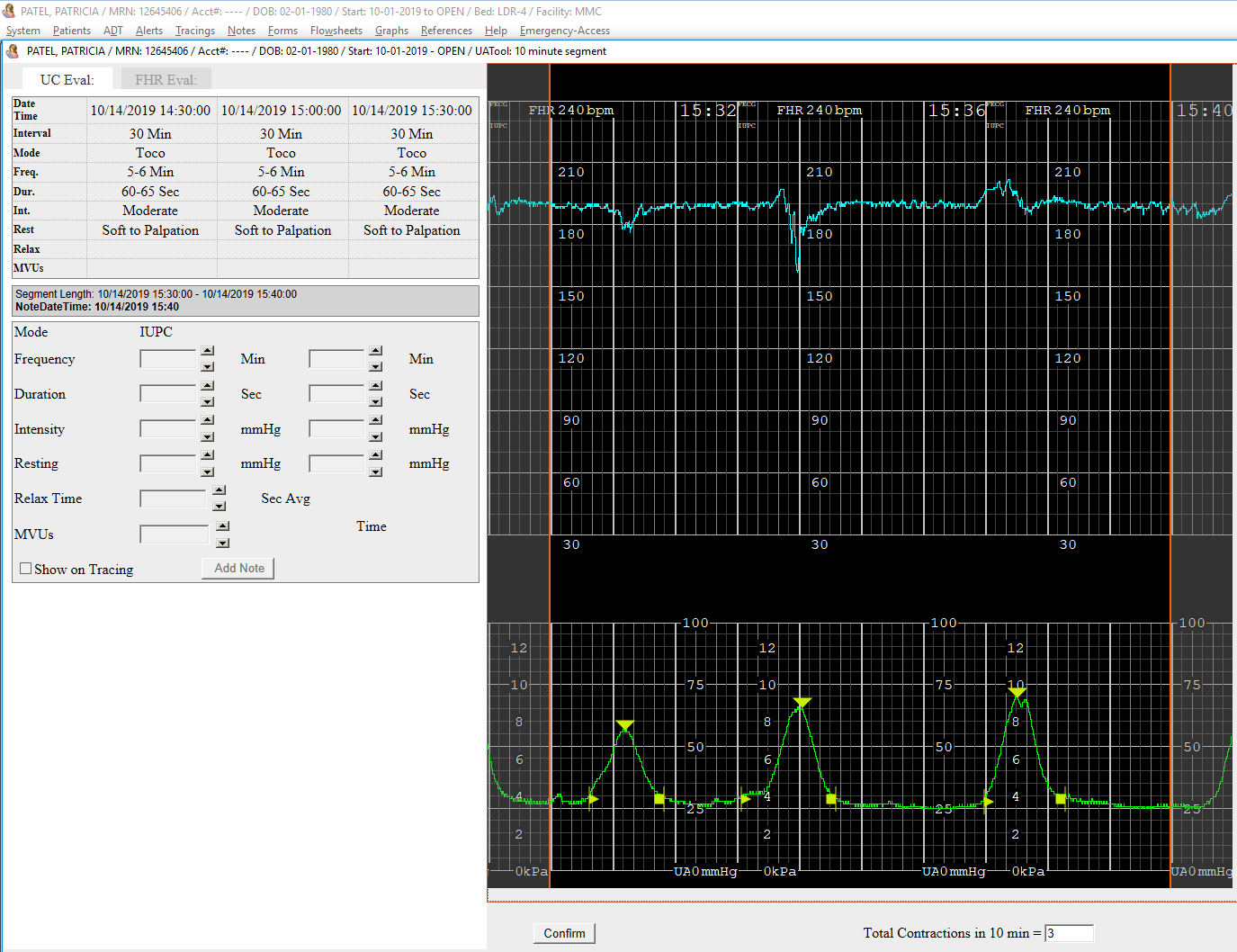



Post OBIX Perinatal Care at Johns Hopkins Aramco Healthcare
Clinical Outcomes: The integration of clinical guidelines and decision support tools into the OBIX system led to more evidence-based care practices, which resulted in improved clinical outcomes for both pregnant patients and their newborns.
Workflow Efficiency Metrics: Metrics related to workflow efficiency demonstrated clear improvement post-OBIX implementation. The reduction in administrative tasks, streamlined data entry processes, and improved task prioritization contributed to significant time savings for healthcare providers.
Patient and Staff Satisfaction: Feedback from patients and staff indicated higher levels of satisfaction post-OBIX implementation. Patients reported feeling more informed and engaged in their care, and staff appreciated the reduced administrative burden and improved workflow efficiency.
Benefits: The quantitative impact of implementation can be measured across disciplines including those in clinical, data, safety, financial and communications, and include (but are not limited to):
- Paper-Saving: Not requiring CTG paper not only saves money but ensures the record does not deteriorate and physical record storage is no longer required.
- 24hr On-Call Capabilities: CTG/EFM strips are viewed digitally, updated in near real-time, and can be viewed remotely, all with the ability to look back over time so conversations and clinical decision-making can occur at point-of-care or in an office or a conference room as needed.
For the Patient
Access to Care: Previously, the mother often had to travel to the main hospital from remote clinics, up to 4-hours away, for diagnostic care. Now simple consultations and monitoring can be done locally, saving time, money, effort, and stress.
Patient Comfort: Mothers gain a sense of comfort from seeing the technology leading to confidence in clinical operations and further encouragement to attend JHAH for herself, family and friends, as well as recommending JHAH to others.
Patient Privacy: The patient knows there is someone clinically monitoring them from outside the room and receive safe care with increased privacy per each patient's preference.
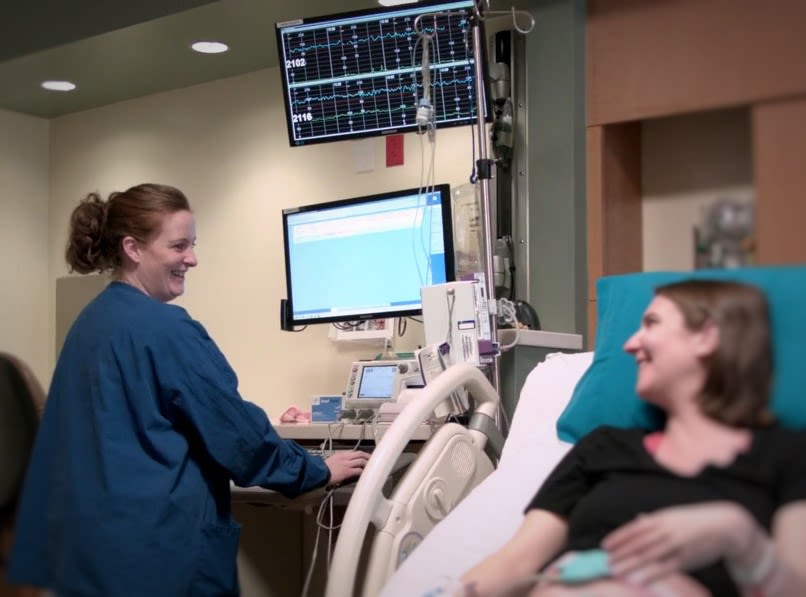



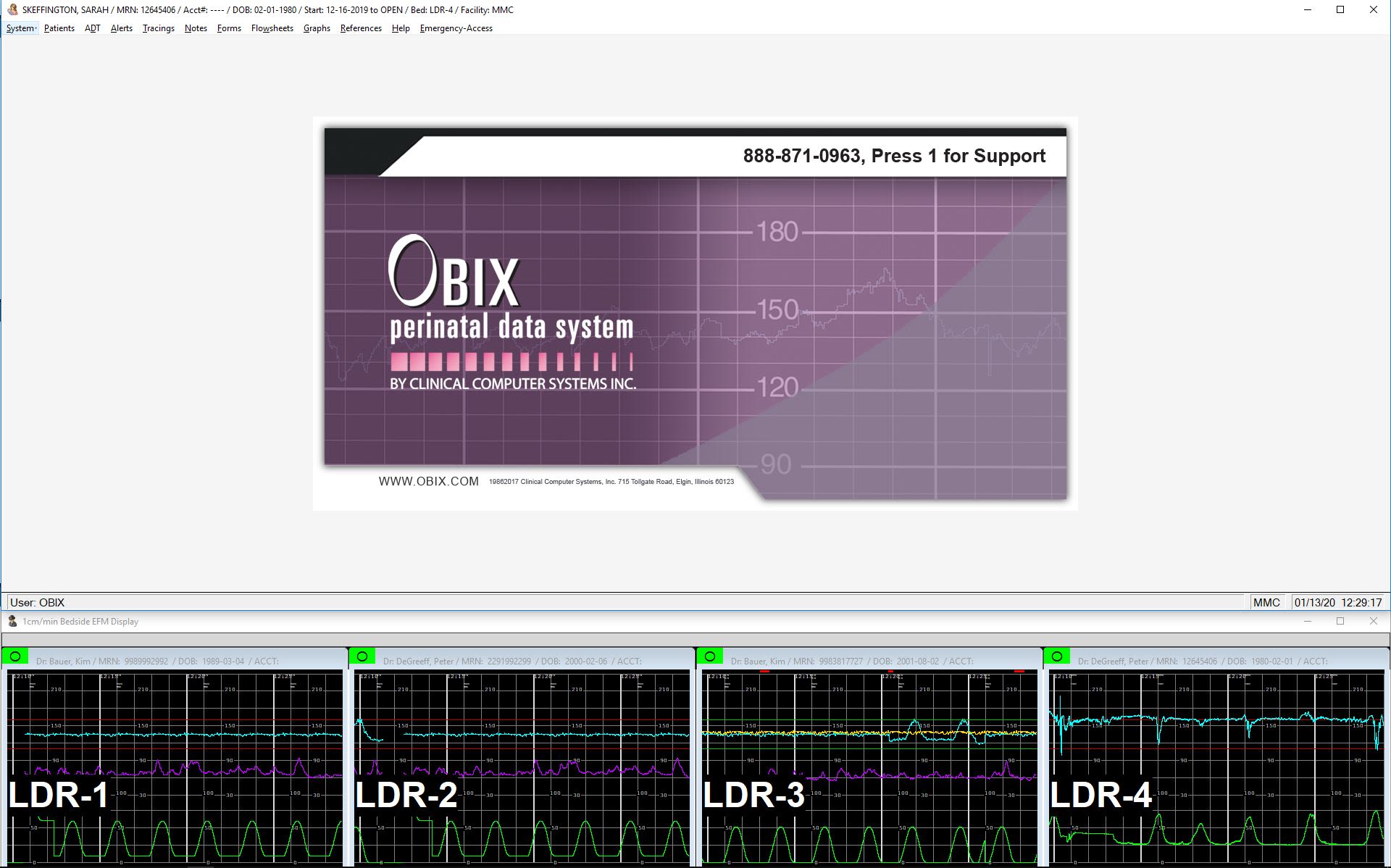



For the Clinician
Centralized Monitoring: Continuous monitoring of FHR and contractions conveniently provides a single workstation for multiple patients with alerts to call attention to potential issues. A nurse midwife need not always be at the bedside to provide safe and effective monitoring and care.
For the Administrator
System Stability: OBIX has proven remarkably stable for system stability, requiring only minimal technical assistance from OBIX, and usually only in a support role for upgrades and/or infrastructure changes. Data queuing within EFMs provides for a high degree of fault tolerance, avoiding data loss during EHR or OBIX system downtimes.
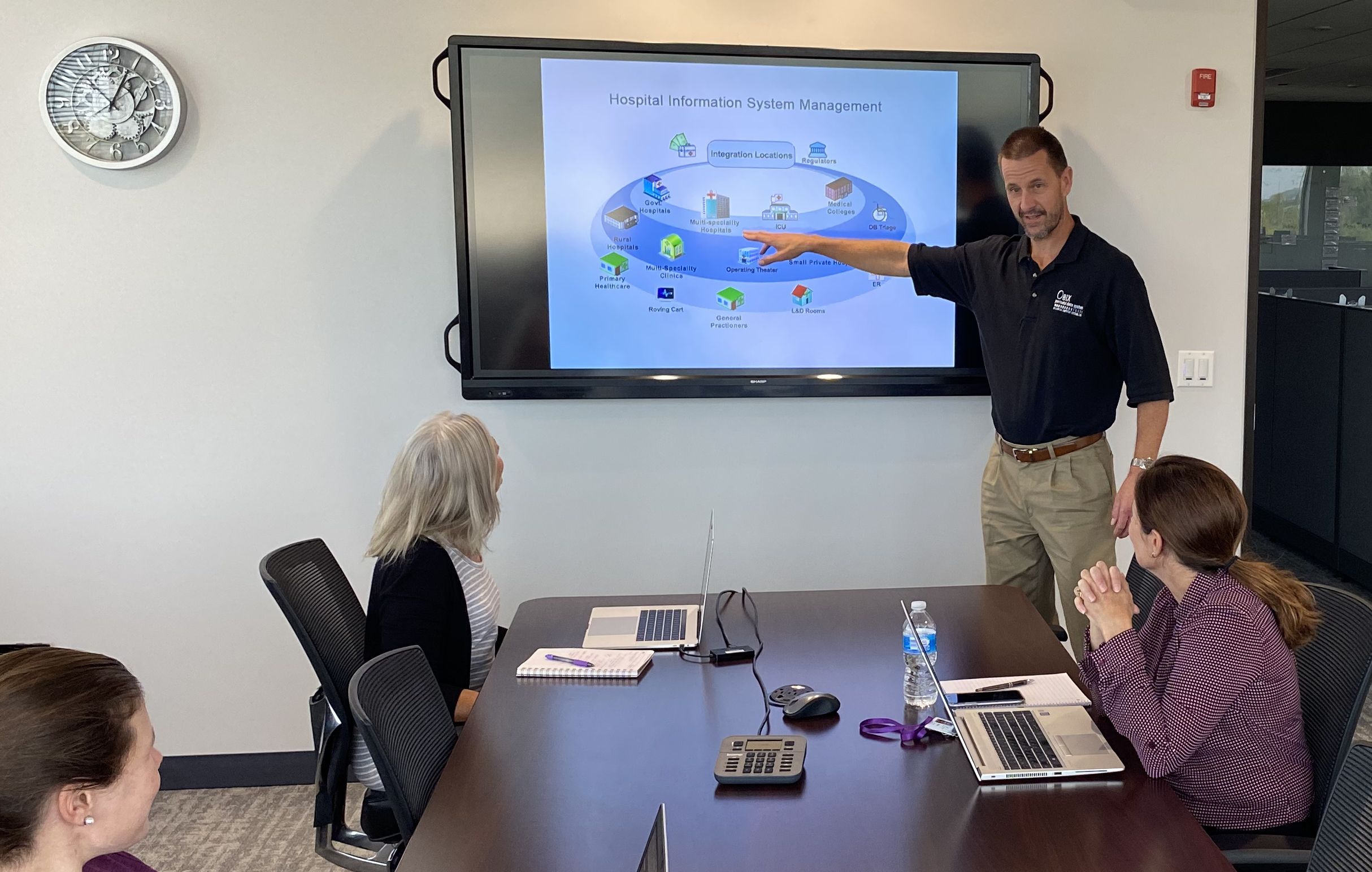




Feedback:
- Communication: Accuracy of information is excellent, thereby saving complications and potential issues on legal requirements.
- Communication: Midwives tell us technology means communications with the patients are far better as, before leaving a room, the nurse always informs the patient what’s going on and that someone is watching via the technology, which builds confidence with the mother and baby.
- Trace Reviews: Clinicians like OBIX because they can review the vital signs in the system after the event, update notes, etc.
Future Developments and Expansion: Johns Hopkins Aramco Healthcare plans to further leverage OBIX's potential by exploring the integration of artificial intelligence (AI) and predictive analytics.
AI Algorithms: Ideas being investigated might enable JHAH to analyze perinatal data in real-time, enhancing proactive care and further improving patient outcomes and leveraging OBIX's potential in conjunction with the clinical and technical teams in JHAH. This might include expanding OBIX to ambulatory care when outside technology (such as Wi-Fi from Telcos) and sustainable and reliable communications in ambulances becomes available.
Conclusion: Summary of Key Points
The OBIX Transformation at Johns Hopkins Aramco Healthcare
The implementation of the OBIX Perinatal Data System at JHAH marked a transformative journey in perinatal care at JHAH.
Challenges faced in the pre-OBIX era, including data fragmentation, clinical variability, and workflow inefficiencies, were effectively addressed.
The OBIX system seamlessly integrated data, introduced near real-time monitoring and decision support, enhanced workflow efficiency, significantly improved patient safety and clinical outcomes, and led to greater efficiencies and cost savings.
The transformation brought about by OBIX underscores the potential of advanced healthcare technology in improving patient care and safety. The hospital's experience serves as a testament to the power of data integration, near real-time monitoring, and decision support in enhancing perinatal care.
A Bright Future for Perinatal Care
As healthcare technology continues to evolve, the future of perinatal care at JHAH and beyond appears promising. The OBIX system, in conjunction with AI and predictive analytics, holds the potential to further revolutionize perinatal care, ultimately leading to healthier pregnancies and better outcomes for both mothers and newborns.
Patient confidence with JHAH and OBIX
The post-millennium world has seen the enormous impact of data across all parts of human life, and healthcare is a prime beneficiary of that change. In all areas of healthcare, there are numerous examples of the improved outcomes, speed, and efficiency that technology brings to the clinical care of patients, for diagnostics, invasive and acute care, and convalescence.
However, some things have not fundamentally changed since the beginning of civilization, and how women give birth is a great example of the combination of clinical practice and technology bringing a safer and enhanced service to an essentially unchanged experience.
Empowering clinicians with technologies such as OBIX brings greater confidence to patient care, resulting in healthy moms, healthy babies and healthy outcomes.
Johns Hopkins Aramco Healthcare background
For many years, Johns Hopkins Medicine – a globally respected academic health body – and Saudi Aramco – one of the world’s largest energy companies – led the way in their respective fields.
In the years prior to the relationship, Saudi Aramco Medical Services Organisation ran a hospital and clinics in the Eastern region of Saudi Arabia, and in 2013 they joined forces to create a brand-new health service for Saudi Aramco employees and their dependents, expanding on the capabilities of the company’s long-established medical facilities, and heralding an exciting future for patients, clinicians, staff, and Saudi healthcare.
Johns Hopkins Medicine has a rich 125-year history of tradition meeting innovation, and so a natural fit for the Saudi culture based on significant history and cultural strengths of family and care, hospitality, loyalty, and a sense of duty to support their community
The Johns Hopkins Hospital is named an Honor Roll hospital in U.S. News & World Report’s 2023–24 Best Hospitals list. The U.S. News Honor Roll is composed of the 20 top-ranked hospitals in the nation among 4,500. This year’s honor roll is the first to not assign individual ranks to the top 20 hospitals.
OBIX Perinatal Data Systems background
Established in 1996, and now a part of the Harris company (a division of CSI), OBIX is focused totally on providing services to the perinatal sector. The system takes data from the CTG/EFM machines and ensures all data is available to relevant nurses and physicians to empower clinicians at the bedside and help improve patient safety in labor and delivery. OBIX provides clinically accurate near real-time information surveillance, archiving and charting, integrates directly to the hospital HIS and supports a record of truth to hospitals.
In the same U.S. News & World Report’s 2023–24 Best Hospitals list OBIX is implemented in 12- of the top-20 hospitals. In 2023 nearly 1,000 hospitals running OBIX accounted for 1.4m+ births (approximately 33% of all annual births) in the USA, with other hospitals in Canada and the Middle East.
Healthy mums. Healthy babies. Healthy outcomes.
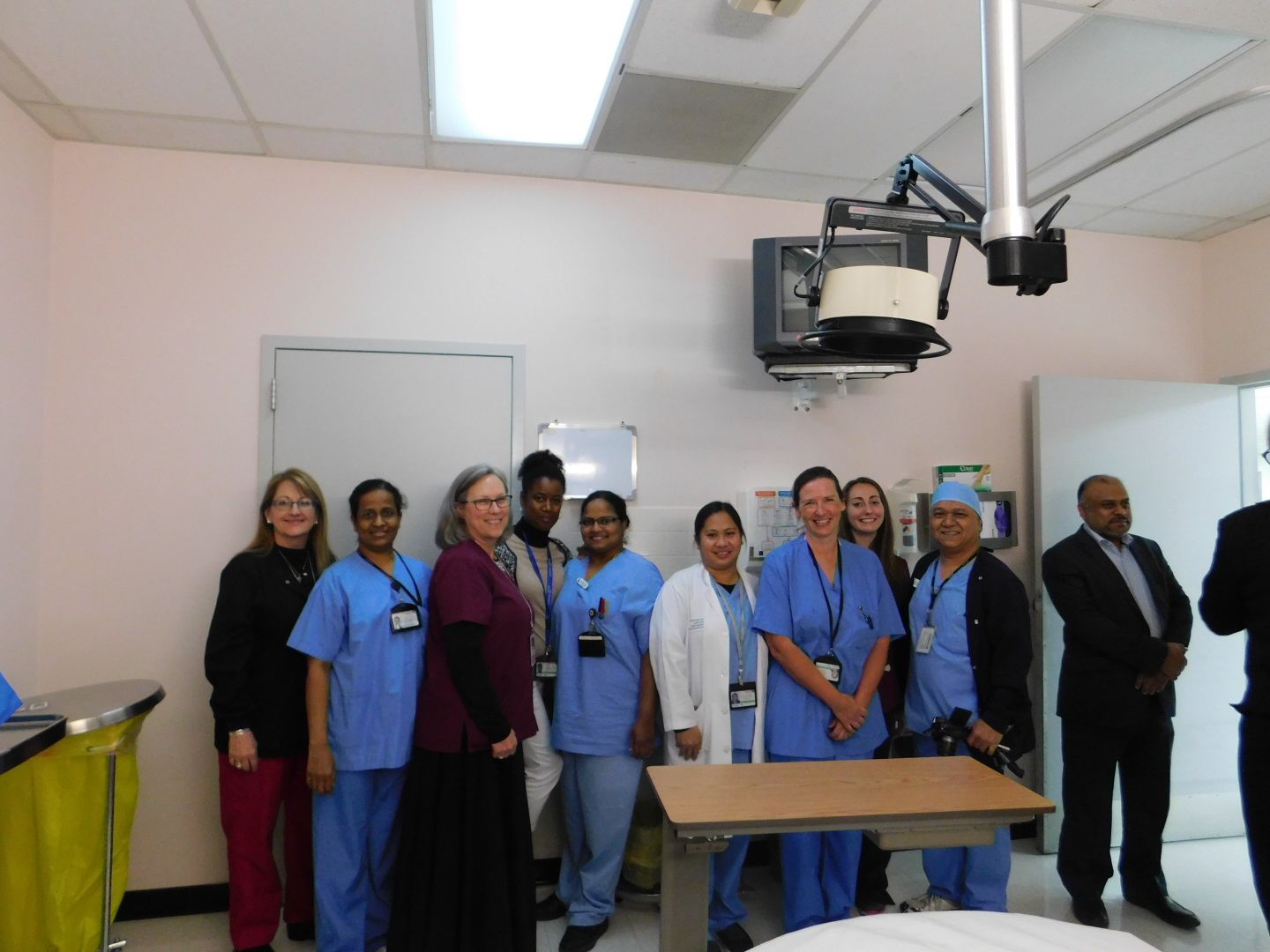
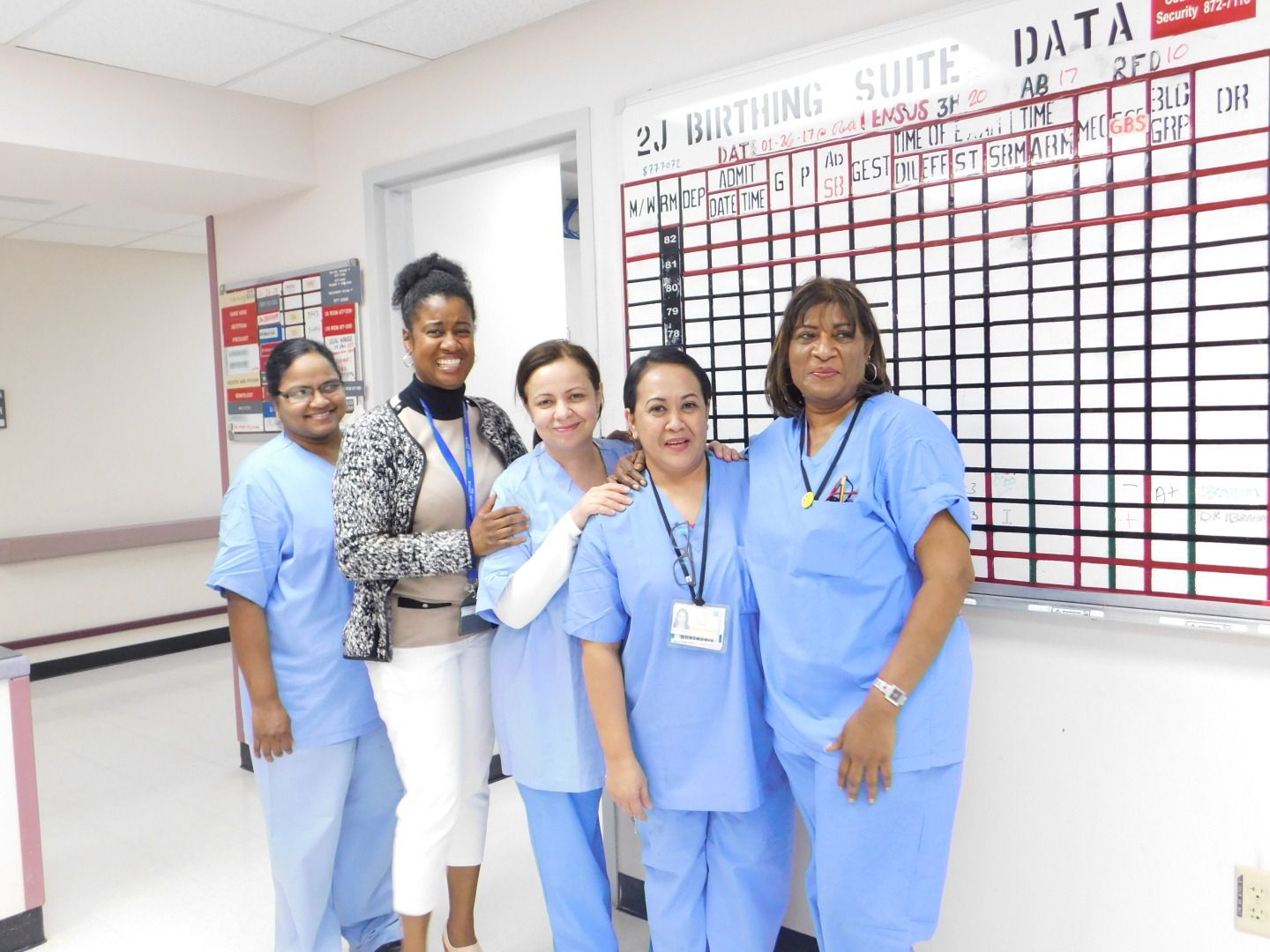




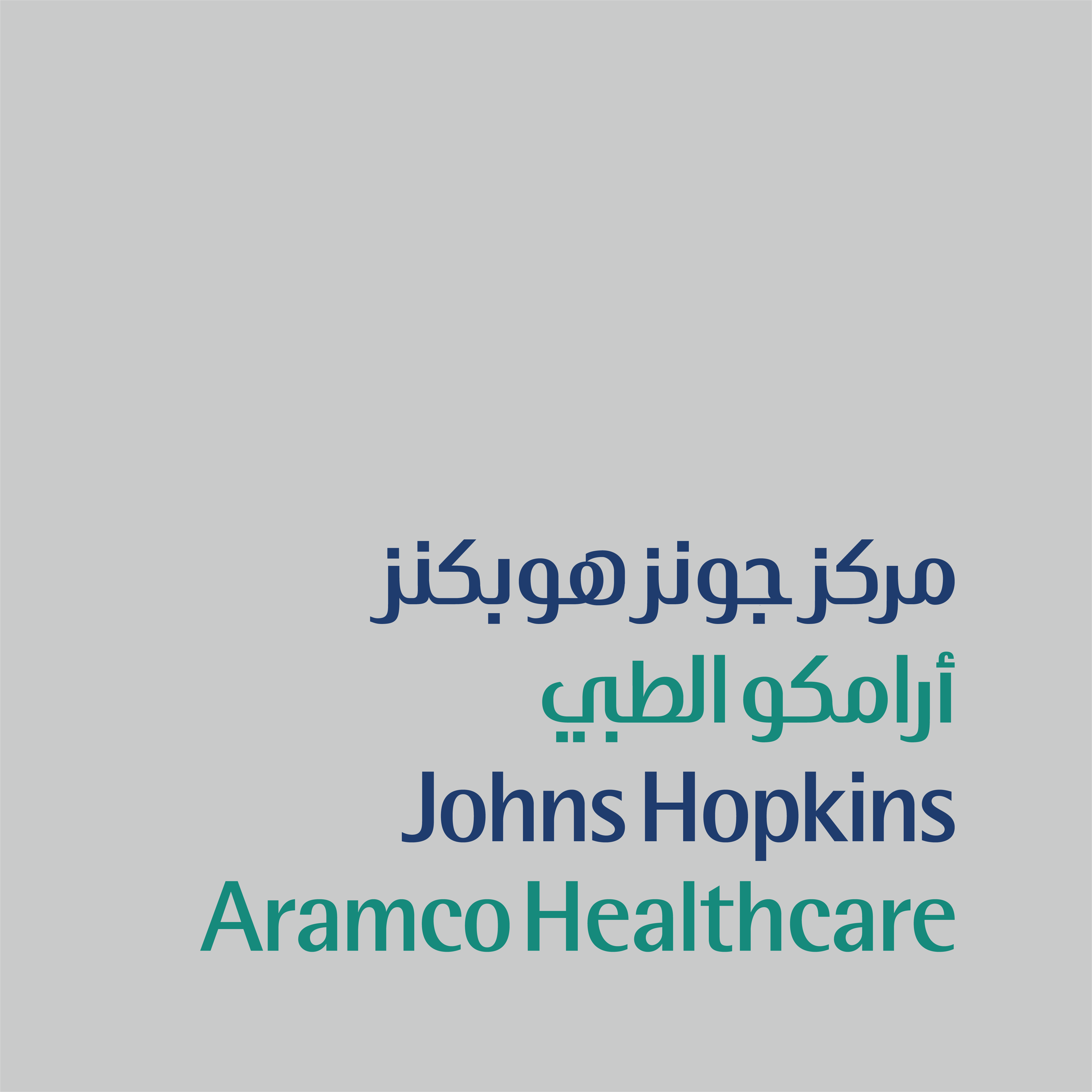
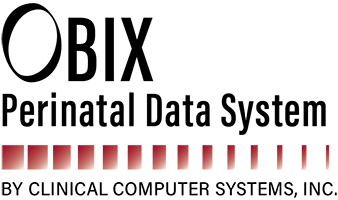
شكرا لكم THANK YOU

